You will need:
- One leaf, try both Australian native plants and exotic plants.
Make sure an adult identifies the plants as safe & free from toxins - 500mL water
- One saucepan
- Two Tsp Bicarbonate Soda
- Household Bleach
- Paper towels
- Adult help
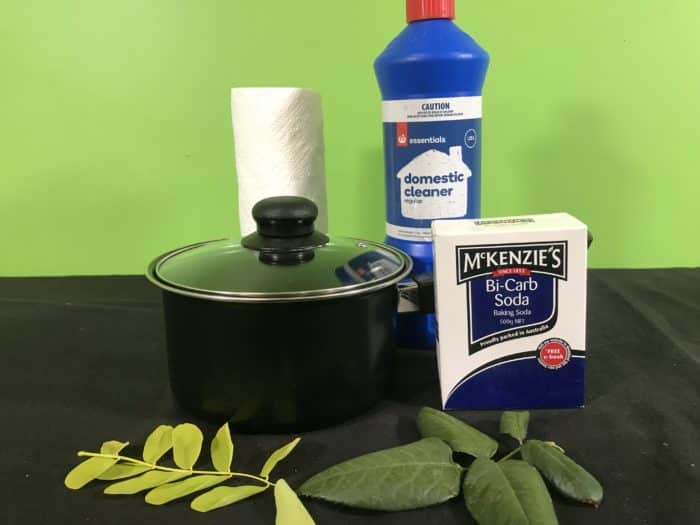
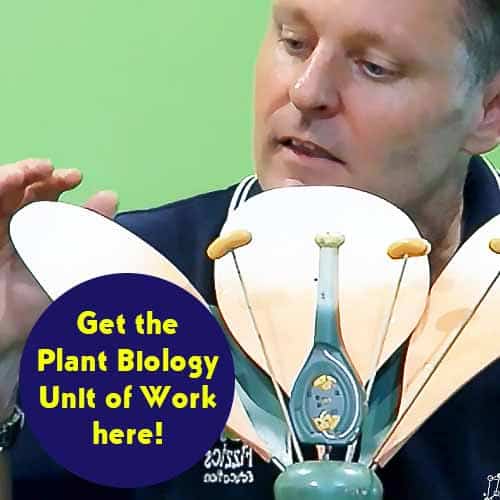
Get the Unit of Work on Plant Biology here!
- Learn about the parts of a flower
- Discover how vascular tissue transports water & sugars around the plant
- Learn about plant pigments and adaptations to the environment
- From photosynthesis to transpiration & more, there’s a heap covered!
Includes cross-curricular teaching ideas, student quizzes, a sample marking rubric, scope & sequences & more
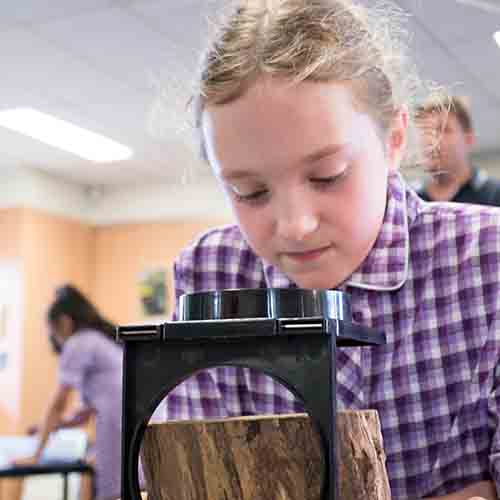
School science visits since 2004!
– Curriculum-linked & award-winning incursions.
– Over 40 primary & high school programs to choose from.
– Designed by experienced educators.
– Over 2 million students reached.
– Face to face incursions & online programs available.
– Early learning centre visits too!
Why Does This Happen
Vascular bundles in plants transport water and nutrients around the plant.
- Xylem transports water and minerals up from the roots and
- Phloem transports sugars from the leaves to throughout the plant.
You’ll often find leaves on the ground showing natural degradation down to their vascular bundles due to microbial action. These vascular bundles are the vein shapes you see in the leaves of a plant.
Variables to test
- Try different types of leaves
- Try monocot vs. dicot leaves (more on the differences here)
From basic ecology and digital microscopy to plants for life, we’ve got your living things unit covered!
Get in touch with FizzicsEd to find out how we can work with your class.
Plants for Life
Years K to 6
Maximum 30 students
Workshop (NSW & VIC)
60 or 90 minutes
Online Class Available
STEM Full Day Accelerator - Primary
Designed from real classroom experiences, this modular day helps you create consistently effective science learning that directly address the new curriculum with easily accessible and cost-effective materials.
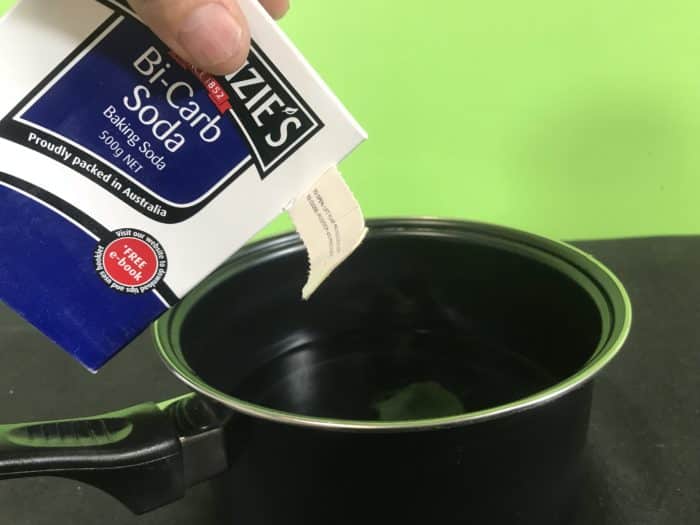
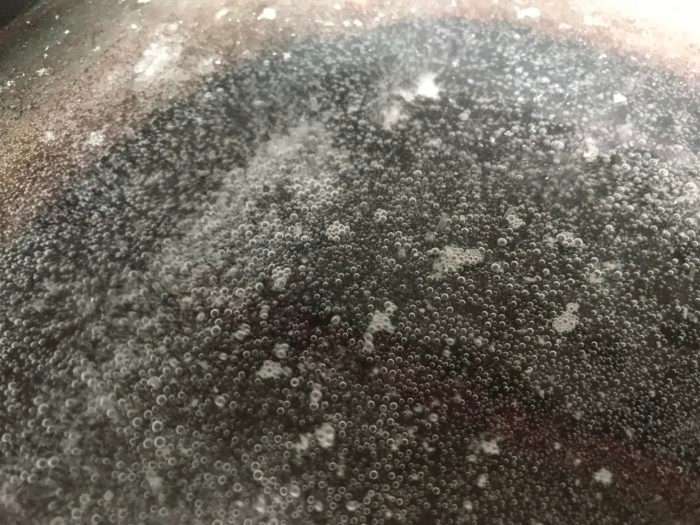
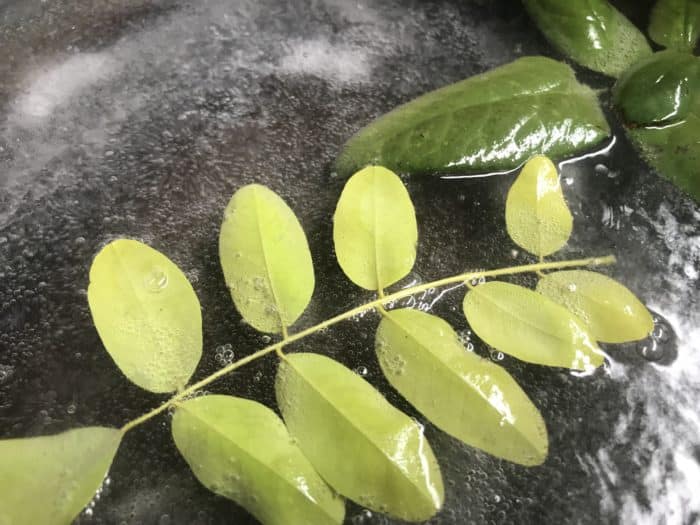
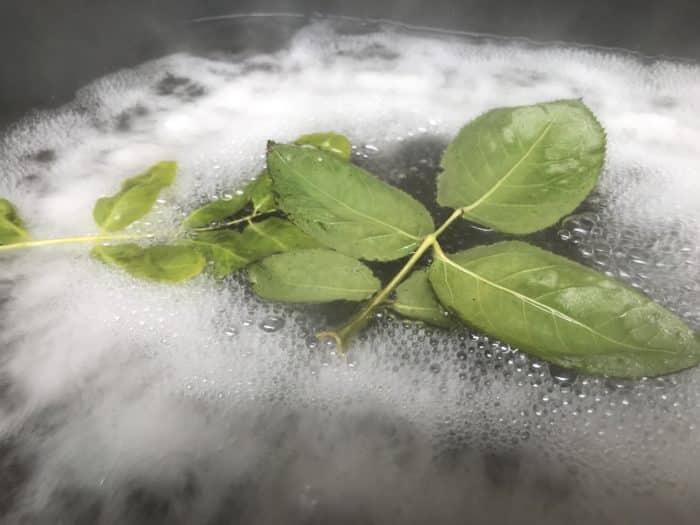
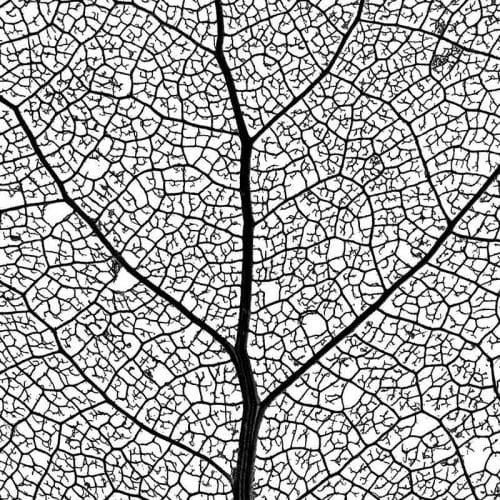



























Comments